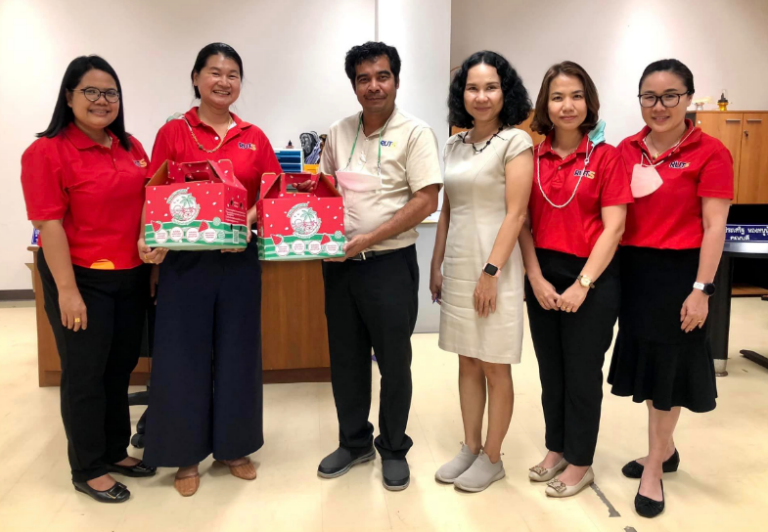Reporters : Dr. Thongchai Nitiratsuwan, Dr. Chanyut Sudtongkong, Asst. Prof. Porntep Wirachwong
Indicator : 14.5.5
Date : November 22, 2022
Related SDGs:
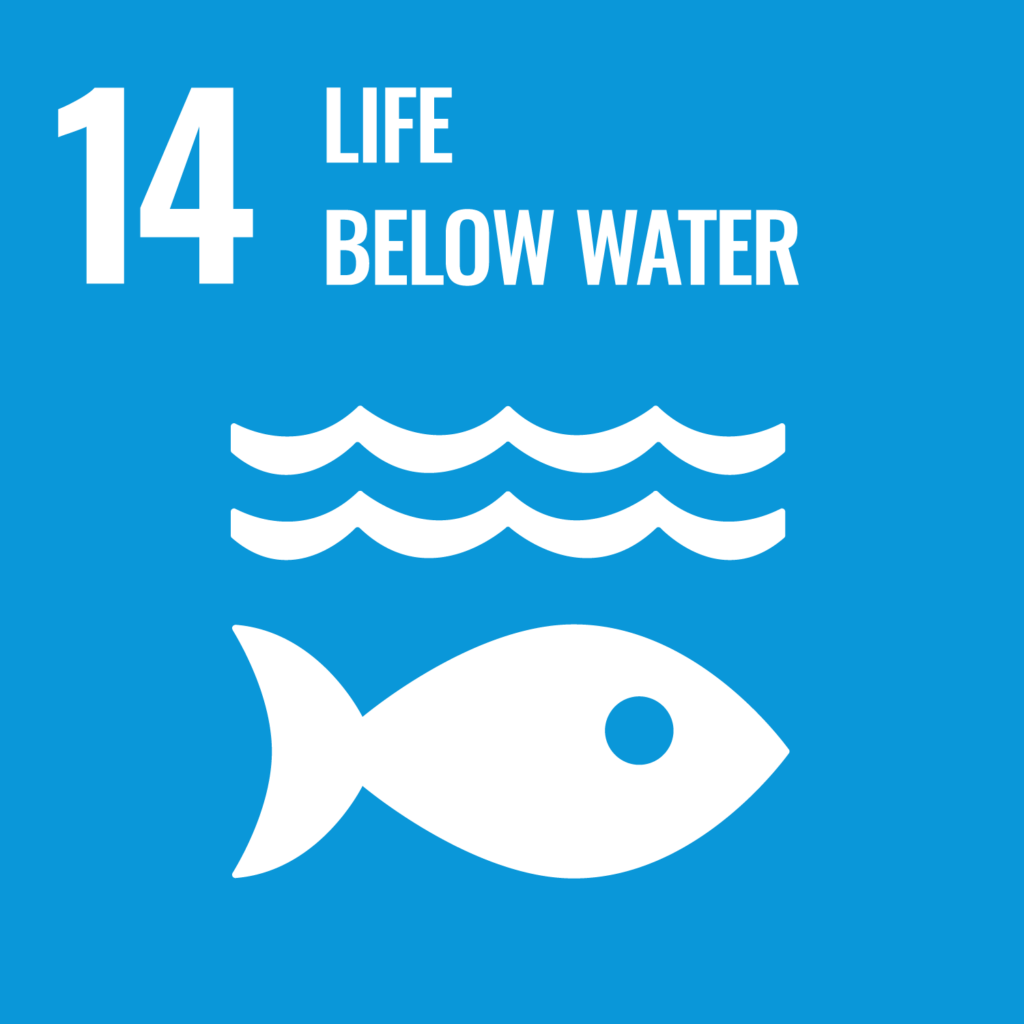
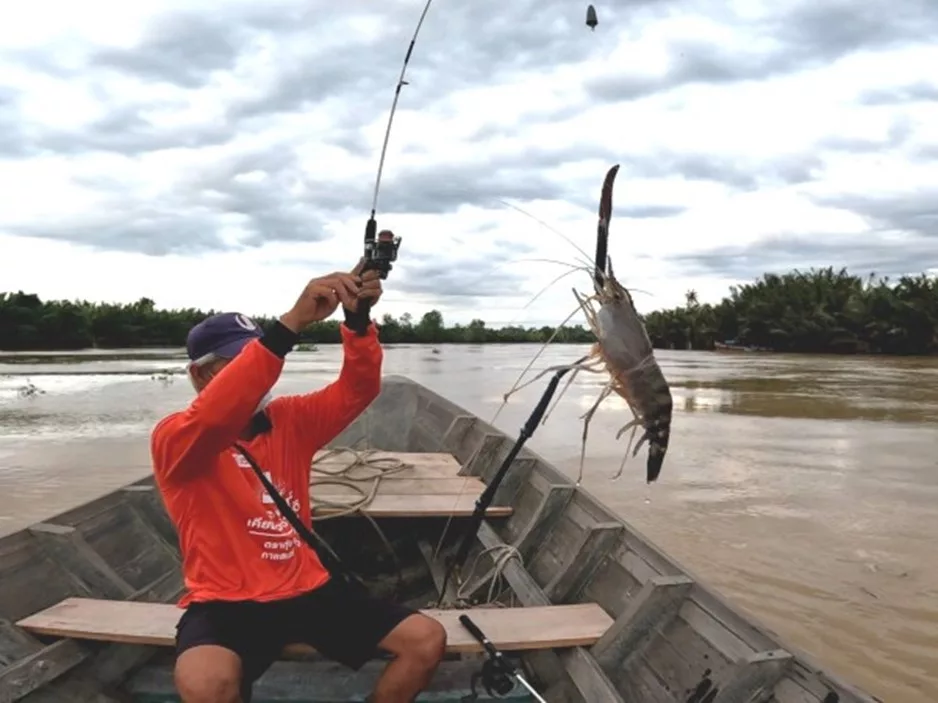
The Trang River Basin is an important watershed in the western coast of Thailand. It is located in Trang Province and consists of two major rivers: the Trang River and the Pa Lian River. The Trang River originates from the Nakhon Si Thammarat Mountains with a length of approximately 175 kilometers and covers a total area of 3,449.27 square kilometers. The lower reach of the Trang River is influenced by seawater and are home to a diverse mangrove ecosystem. It provides vital habitat for fish, shellfish, and other marine life, which are a source of food and income for local fishermen.
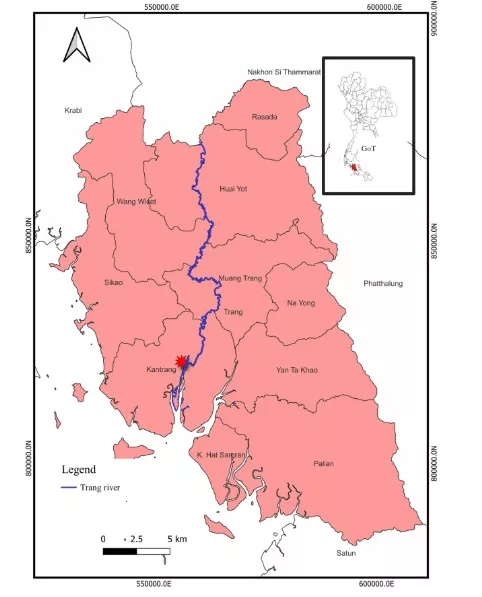

The giant freshwater prawn (Macrobrachium rosenbergii) is a large crustacean inhabiting the Trang River. Because of their delectable meat, these prawns have become a sought-after culinary choice for Thai and international tourists, commanding a premium price. The prawn is a catadromous species, requiring brackish water for spawning and freshwater for juvenile development. It is a valuable fishery resource in the Trang River.
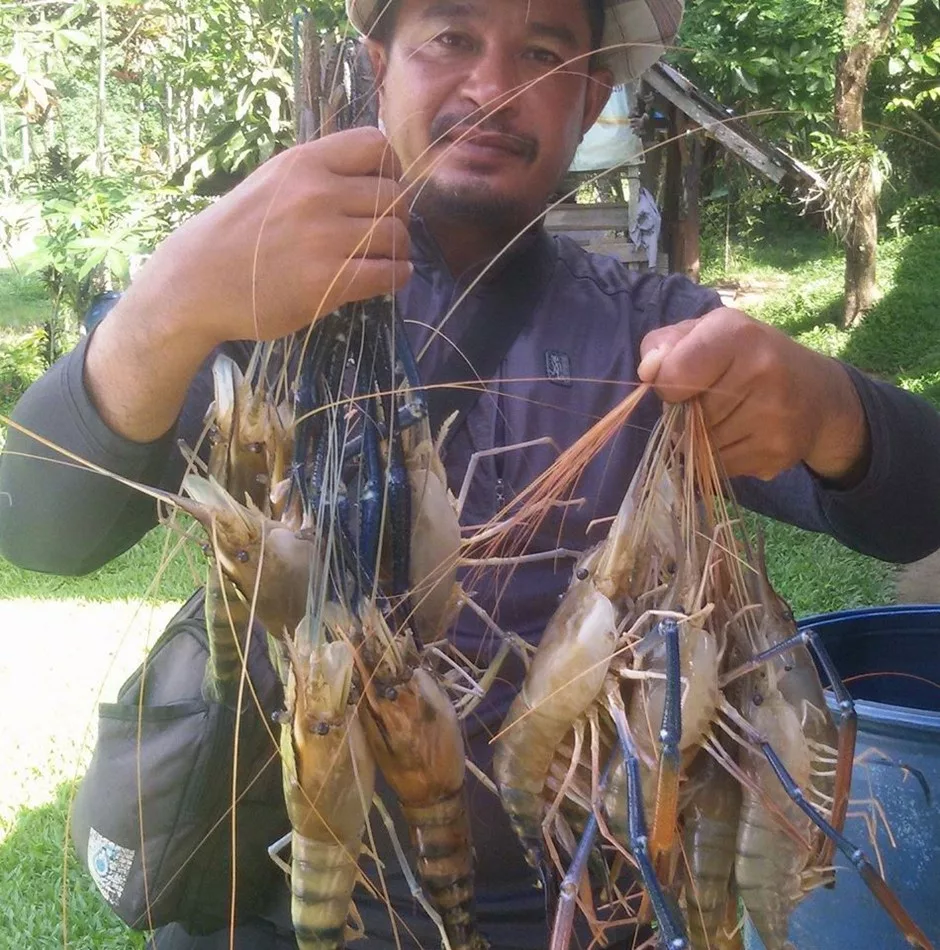
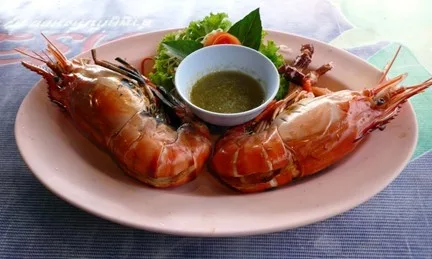
Local fishermen involved in prawn fishing can potentially generate monthly incomes exceeding $826.45. In addition, some villagers have taken up tourism as a profession, offering boat trips for those interested in experiencing the community’s way of life, including sightseeing and prawn fishing in the Trang River. Prawn fishing in the Trang River is a major source of income for the villagers who live along the river.
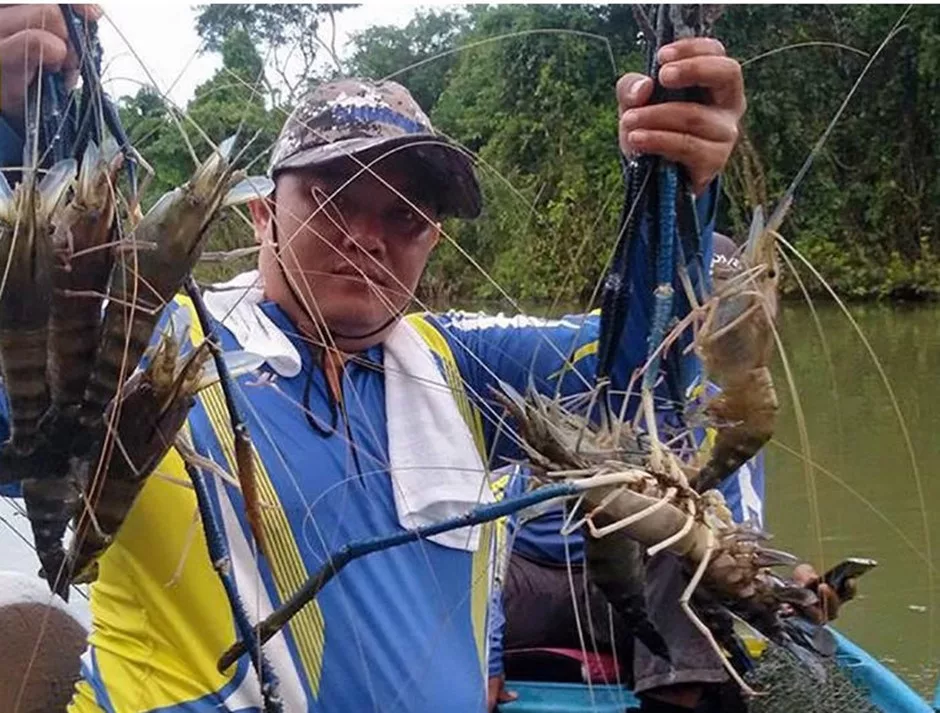
The population of giant freshwater prawns in the Trang River is declining. This is due to a number of factors, including environmental degradation from industrial wastewater discharge. This has reduced the ability of the prawns to reproduce naturally, resulting in a decrease in their density. This has also led to a decrease in income of fishermen.
Rajamangala University of Technology Srivijaya (RUTS) has implemented a strategic initiative for the purpose of effectively managing the population of giant freshwater prawns within the Trang River ecosystem. The RUTS staff has developed a strategic approach for managing the prawn in collaboration with the Department of Fisheries and local fishermen.
Associate Professor Dr. Thongchai Nitiratsuwan, a faculty member of the Faculty of Science and Fisheries Technology (RUTS), received a research grant in 2020 to study the breeding season of giant river prawns in the Trang River. His research found that the population of giant river prawns in the river was declining. In response to his research, Professor Dr. Nitiratsuwan collaborated with the Khok Sai Community Tourism Enterprise to develop a project in 2022 to restore the population of giant river prawns in the Trang River. The project involves collecting mature female giant river prawns with eggs from the river. The eggs are then hatched into larvae in a controlled environment. The larvae are then released back into the river to increase the natural population.

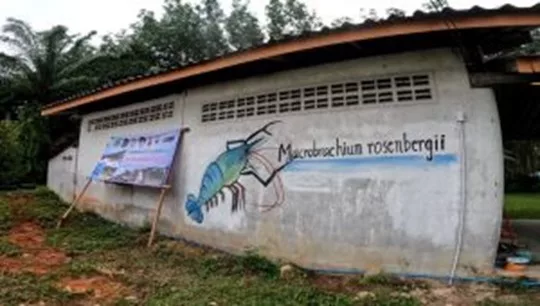

On September 22, 2023, a community-based prawn hatchery experiment was conducted in the Trang River, Thailand. The experiment was conducted using a system that was designed to be appropriate for community implementation. The first batch of eggs was laid by three spawner females and hatched on September 25, 2023, producing 80,000 larvae. The eggs of two other spawner females hatched the following day, producing 100,000 and 80,000 larvae, respectively.
On September 26, 2023, the member of Khok Sai Tourism Community Enterprise and the Faculty staff of RUTS jointly released the larvae into the Trang River at the Khok Sai Pier. The event was attended by leader and local people, who participated in the release and a subsequent meeting to discuss the development of innovative restoration technologies for the Trang River.
Subsequently, the activity to restore the population of tiger prawns in the Trang River attracted public attention. It has become a collaborative network and received support from various sectors, such as the Department of Fisheries, government agencies in Trang Province, as well as tourists and the general public. These groups have participated in the activity to restore the population of tiger prawns in the Trang River, resulting in continuous activities of breeding and releasing tiger prawn larvae into the Trang River to the present day.
Thus, this strategic approach is a significant contribution to the conservation of the giant river prawns in Thailand. It is also a model for other communities that are interested in restoring declining populations of this important species.
Related Links:
https://fishtech.rmutsv.ac.th/fishtech/th/news/2695-1664854916-60-041022
https://www.facebook.com/photo?fbid=510052557794444&set=pcb.5100527311277600-041022



